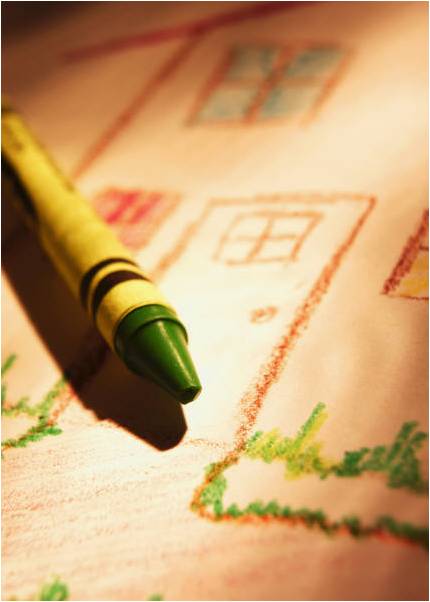Yesterday, I shared my convoluted path to enlightenment regarding the editing process. Truth be told, with my first book, I was so excited to “get ‘er done” that I really didn’t want to think about editing at all. I just wanted to jump straight to the good part: getting an agent and a book deal. But I’ve come to learn that agents and book deals only come to writers who put in the work up front. So today I’m going to share with you my enlightened approach to editing, which I’ll be following as I revise my new book.
First and foremost, one of the biggest lessons I’ve learned is that a first draft is NOT the place to edit yourself (although it’s very tempting). The first draft is about one thing and one thing only: getting words down on paper. Sometimes those word will be masterful works of art and other times they’ll just plain suck. But it doesn’t matter, anything goes when it comes to your first draft. For example, as I was writing the first draft of my new book, I jumped around and wrote the scenes completely out of order. I left plot holes here and there, which I knew I could figure out later, and I gave myself the freedom to use less-than-perfect words because my goal was to simply get the story out of my head. By allowing myself to leave holes and “write ugly”, it took the pressure off, which allowed the flood gates to open and the ideas to pour out.
I finished the first draft of my second book in late January and I’ve since moved on to the first phase of my editing process, which I like to think of as “big picture editing.” This primary phase is akin to going to an art museum and admiring a painting from twenty feet back. “Ah, yes, they’re water lilies,” you might say of Monet’s infamous oil series. Big picture editing works much the same way. You read through your work and evaluate it from twenty feet back. You think about the story as a whole, capitalize on its strengths and fix its weaknesses. You’ll want to think about your plot, your characters and their conflicts and motivations, the point of view from which the story is told, the pacing, the structure, etc. This is not the time to nitpick or worry about the fact that you’ve used the same word five times in one sentence; it’s the time to make sure Dali’s melting clocks didn’t make their way into your water lily pond.
The next phase, commonly known as “middle drafts” is where you really get into the meat of it. To continue the museum analogy, this phase is like looking at the painting from 8-10 feet away. You’re still observing the work as a whole, but the details – the reflections in the pond, the contrast of the blues against the greens – come into view. During your middle drafts, you’re taking a closer look at each character and each scene to make sure the story is coming to life via your descriptions, setting, dialogue, theme, etc. This phase can often involve several drafts, each one taking a look at one specific element at a time.
The final phase of the editing process is like standing right in front of the painting with your nose an inch from the canvas. You’re no longer looking at the piece as a whole but examining each individual brush stroke. This “close -up” editing is where you analyze every word and every sentence, rewriting them until they are the best they can possibly be. You’ll want to make sure that your ideas are written as clearly as possible and that your prose isn’t littered with unnecessary words. This is the time for all that nitpicking you’ve been dying to do. This is also the time for you to channel your grade school English classes and make sure your spelling, grammar and punctuation are perfect.
As I learned from writing my first book, making revisions can become addicting and, if you don’t cut yourself off at some point, well, you might be making tweaks forever. Knowing your piece is officially done is often nothing more than a gut feeling, but by following a thorough editing process, such as this, you can rest assured that you haven’t left any stone unturned.
One final step that I plan to take, after my own revisions are done, is hiring a professional editor to analyze my manuscript and help me understand how to make it even stronger. Join me tomorrow as we talk about book doctors.
Anyone else want to share their editing process?



